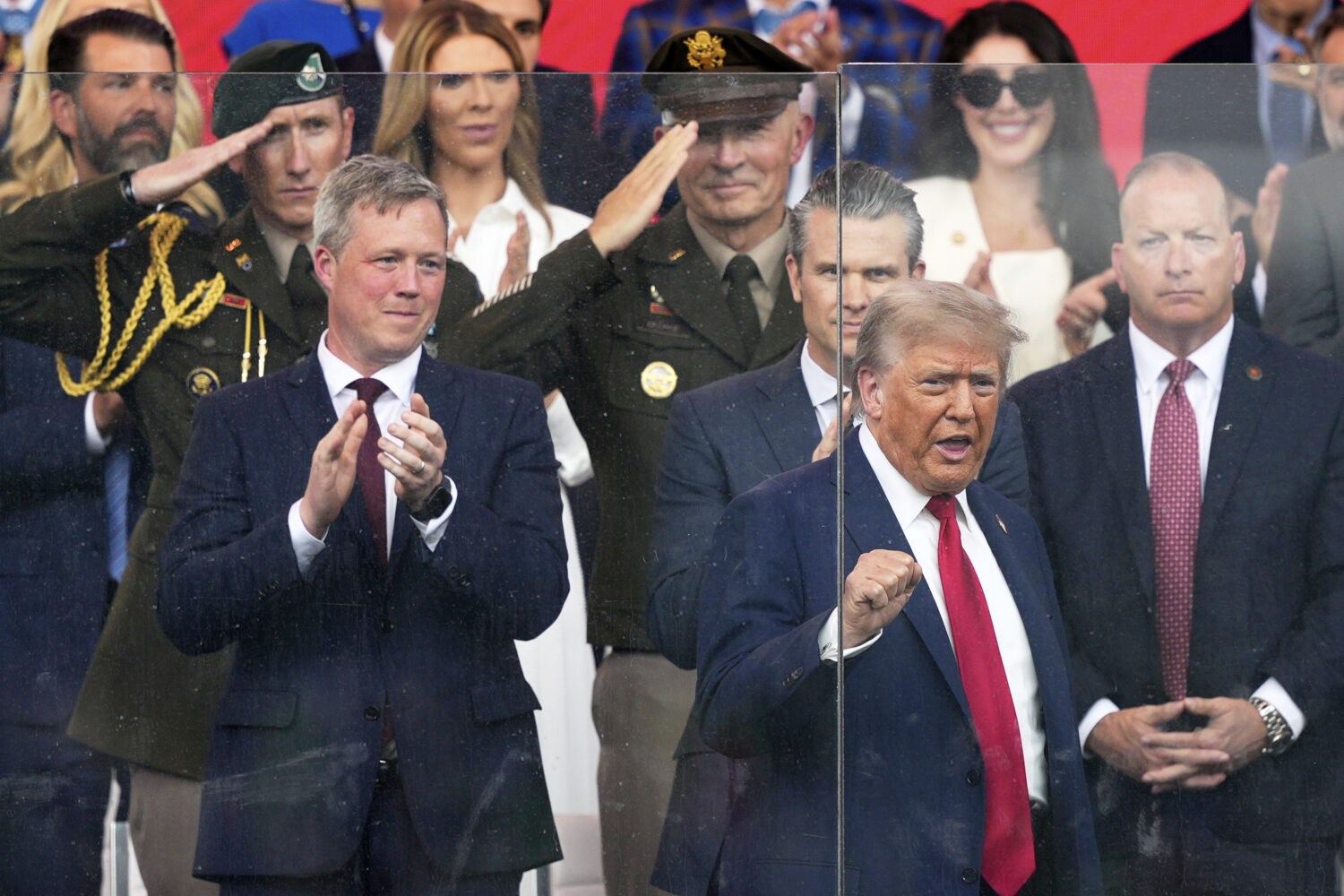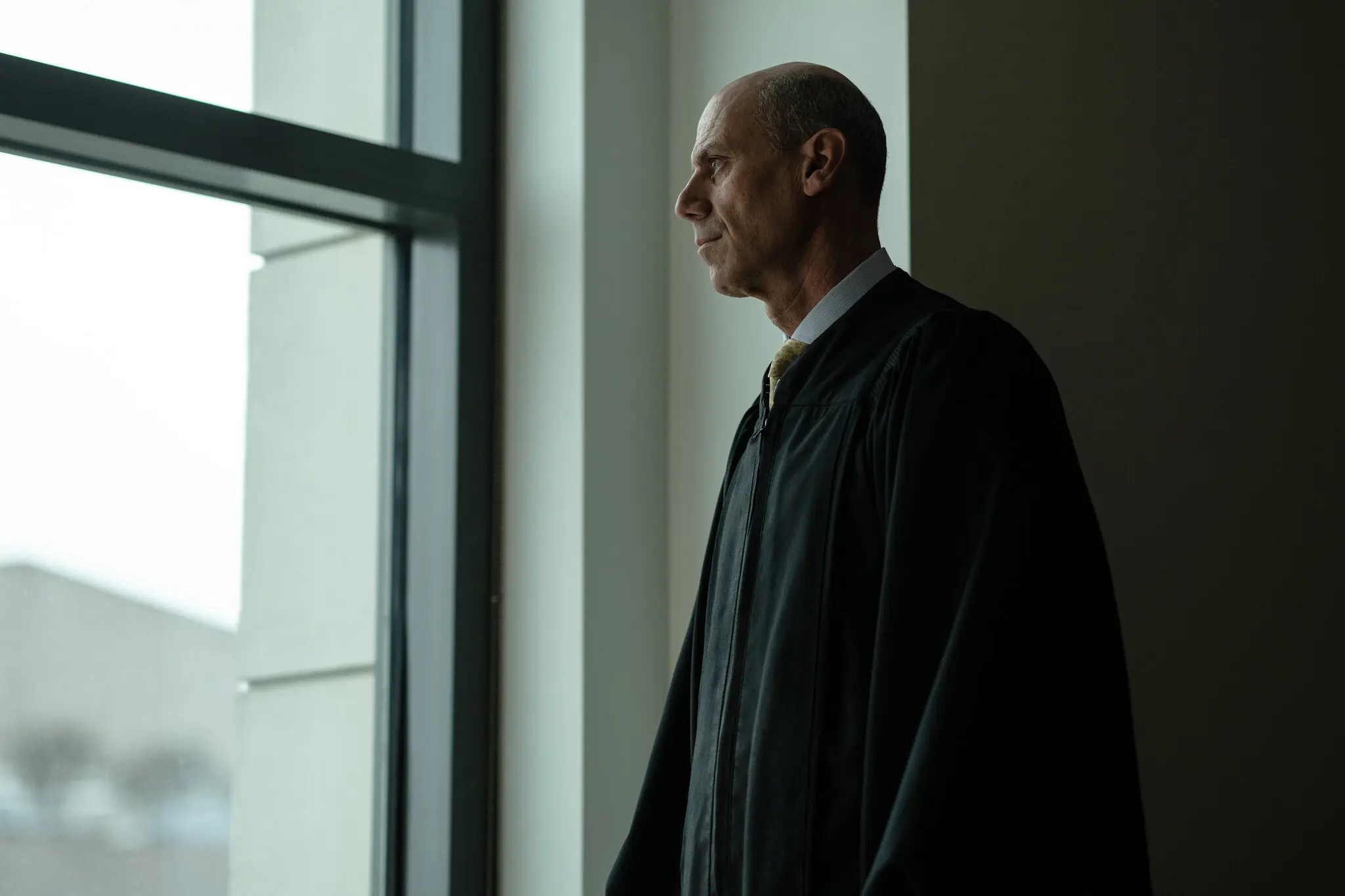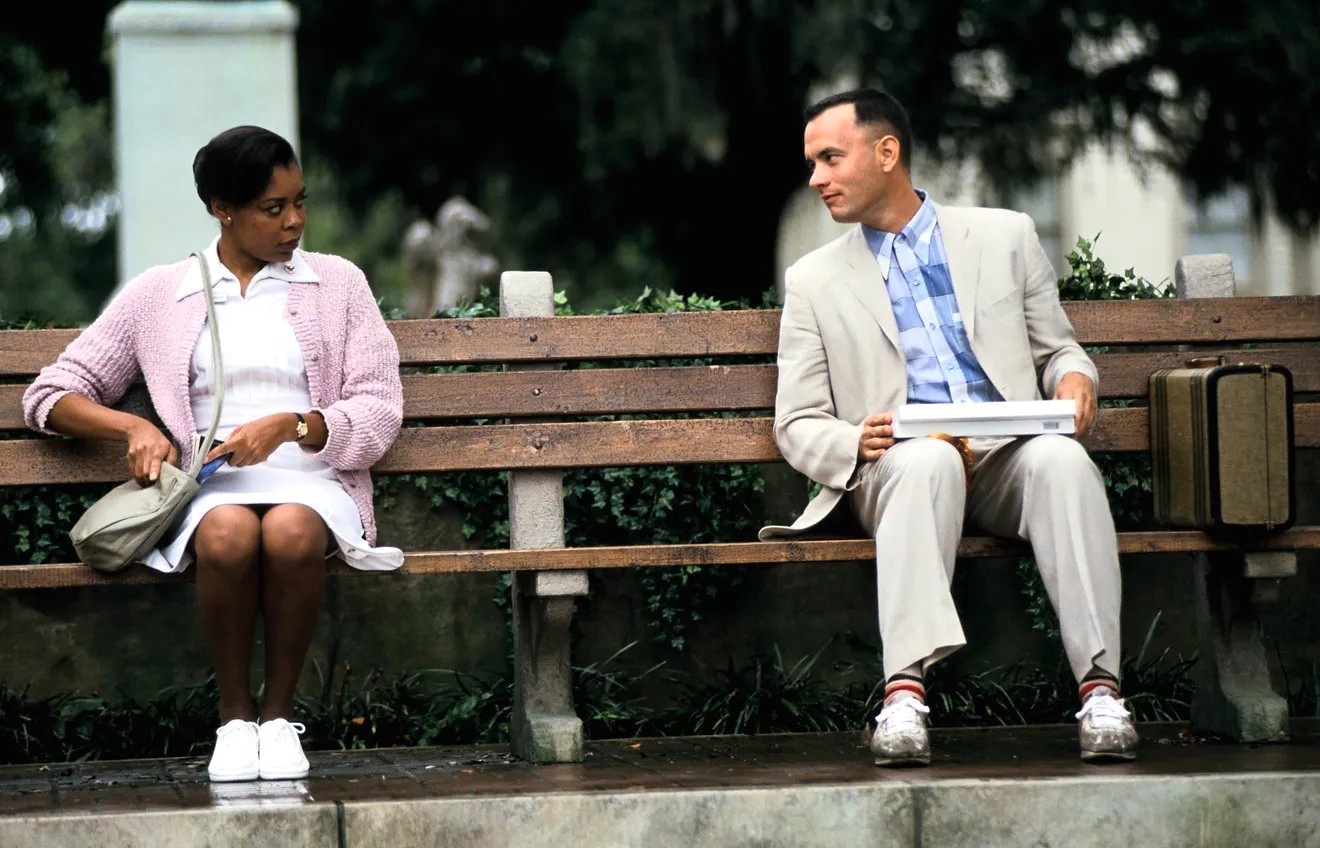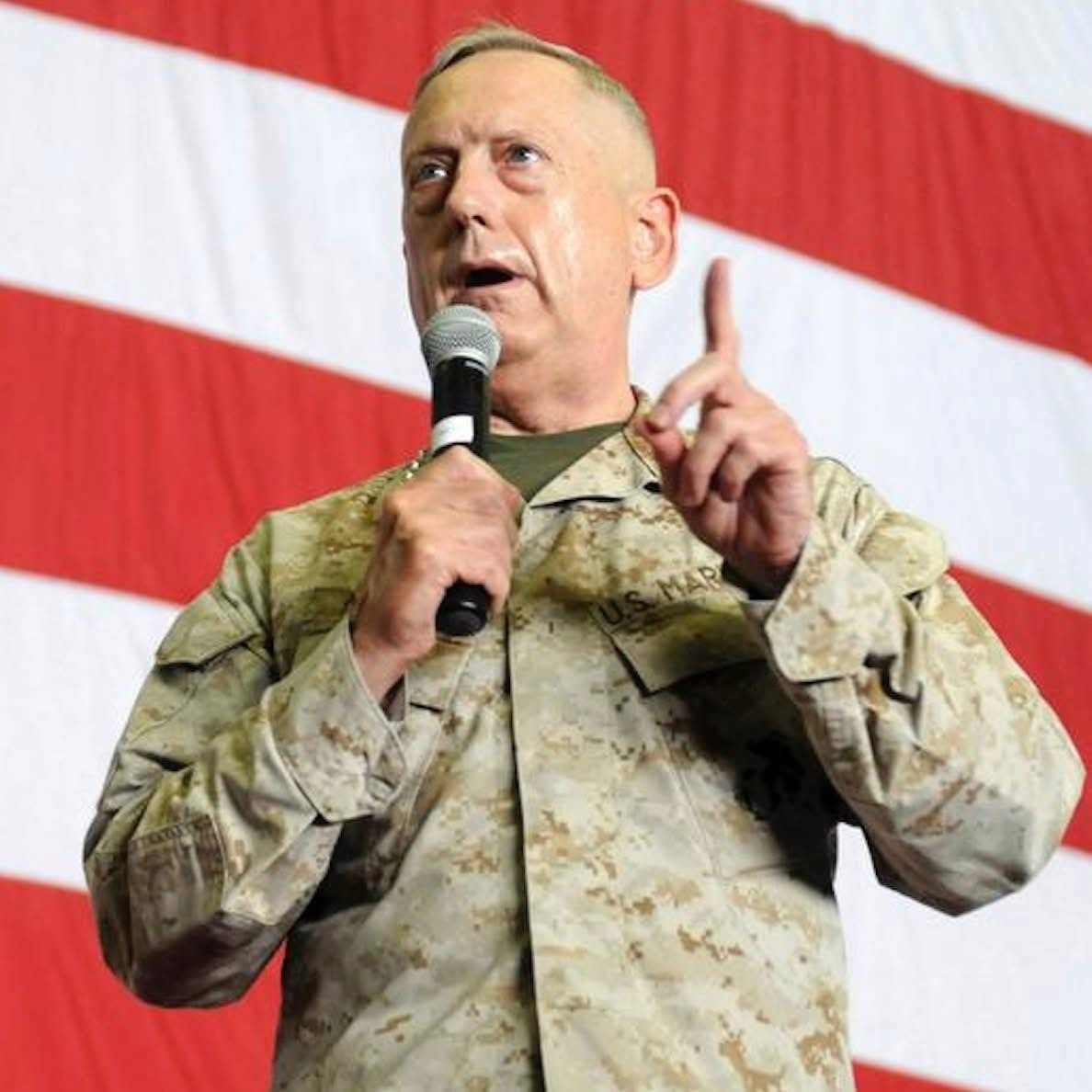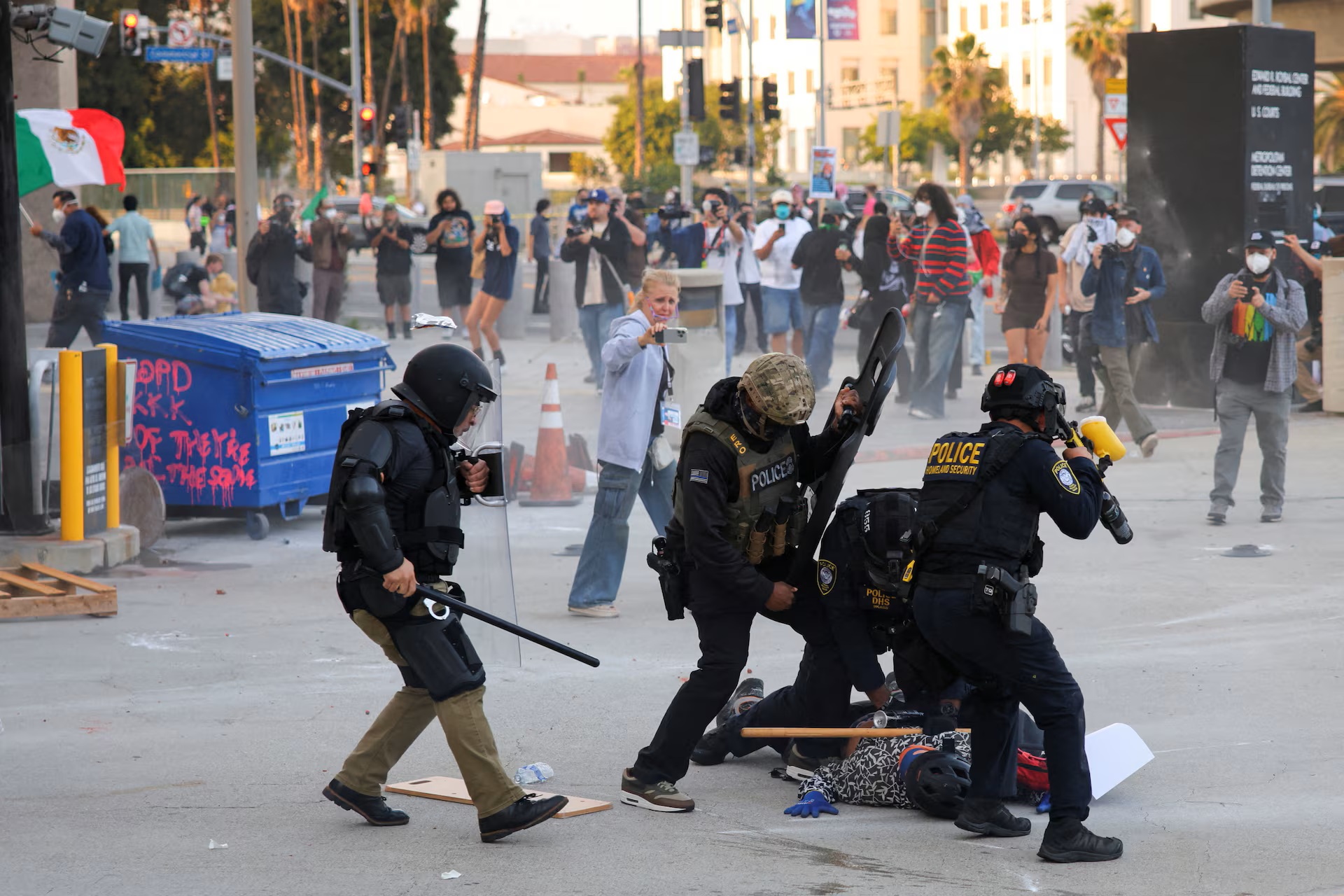“I believe that this nation should commit itself to achieving the goal, before this decade is out, of landing a man on the moon and returning him safely to earth.”

Kennedy said it, and seven daring young, test pilots fulfilled one of America’s singular achievements.
Heroes always seem to be in short supply.
Scott Carpenter, the second American to orbit the earth in the Mercury space program, died last week at the age of 88. However, what he and the six other members of that elite group gave our country were more than memories.
But look at this photo, taken moments before he entered his tiny Mercury capsule. He’s smiling.
There isn’t much to smile about these days, but back then, our heroes smiled. Not the swaggering smirk of a Donald Trump or Ted Cruz, but an honest-to-goodness grin that told you, “Yes, this is dangerous, but… this is going to be fun!”
Once upon a time, in the early 60’s, America had a new kind of hero. He was called an astronaut and Scott Carpenter was one of the original seven astronauts chosen by the National Aeronautics and Space Administration (NASA) to fly the first manned missions into space. In order of flights, they were: Alan Shepard, Gus Grissom, John Glenn, Scott Carpenter, Wally Schirra, Gordon Cooper, and Deke Slayton.
Carpenter was Glenn’s backup for that first orbital flight, and served as the mission’s capcom – capsule communicator – who memorably exclaimed, “Godspeed, John Glenn!” as Glenn’sFriendship 7 achieved liftoff.
Carpenter flew the third flight in that tiny thing they called a “capsule” – so small, it didn’t even make the rank of space craft. I had a chance for an up close look at a Mercury capsule when I spent time at the New Hampshire Technical Institute. There, on the entrance perimeter of the campus, sits The McAuliffe-Shepard Discovery Center whose focus is not only providing a link to our history in space through exhibits and a planetarium but inspires the next generation to return to that great adventure.
Back in the early 60’s everything was possible… even landing a man on the moon, and the Mercury Seven, as they became known, were the first “space pioneers” of those later flights.
“I volunteered for a number of reasons,” Carpenter wrote in We Seven, a book co-authored by the original astronauts. “One of these, quite frankly, was that I thought this was a chance for immortality. Pioneering in space was something I would willingly give my life for.”
Scott Carpenter died from complications after suffering a stroke, but I prefer to remember Carpenter for how he lived back in the day when space flight captured everyone’s imagination.
While his mission was hailed a success, it was not without exposing the very real danger that existed. “For 39 minutes,”The New York Times writes (Oct. 11), after his capsule hit the Caribbean… there were fears that he had, in fact, perished. He was 250 nautical miles from his intended landing point after making three orbits in a nearly five-hour flight. Although radar and radio signals indicated that his capsule had survived re-entry, it was not immediately clear that he was safe.
“A Navy search plane finally spotted him in a bright orange life raft… picked up by a helicopter and taken to the aircraft carrierIntrepid.
“The uncertainty over his fate was only one problem with the flight. The equipment controlling the capsule’s attitude (the way it was pointed) had gone awry; moreover, he fired his re-entry rockets three seconds late, and they did not carry the anticipated thrust. He also fell behind on his many tasks during the flight’s final moments, and his fuel ran low when he inadvertently left two control systems on at the same time.”
For every launch of those Mercury flights, my parents would allow me and my brother to set our alarm clock for 3:30 in the morning, and get up to watch those black and white images of the launch. It was the first and best, reality TV show ever!
“The last 30 minutes of the flight, in retrospect, were a dicey time,” he recalled in his memoir, For Spacious Skies (2002). “At the time, I didn’t see it that way. First, I was trained to avoid any intellectual comprehension of disaster — dwelling on a potential danger, or imagining what might happen. I was also too busy with the tasks at hand.”
All seven of these men, were trained to lockout fear, anxiety and doubt and focus on the task at hand.
After a motorcycle accident, Carpenter left NASA but went on to “pioneer the ocean’s depths,” The Times said. “He was the only astronaut to become an aquanaut, spending a month living and working on the ocean floor, at a depth of 205 feet, in the Sealab project off San Diego in the summer of 1965. When he returned to NASA, he helped develop underwater training to prepare for spacewalks. He returned to the Sealab program, but a thigh injury resulting from his diving work kept him from exploring the ocean floor again.”
There’s only one left now. John Glenn, 92, first to orbit the earth was the also the first astronaut to serve in the U.S. Senate from 1987 to 1995.
Nevertheless, during a turbulent decade that saw the Civil Rights movement, three assassinations, a war in Viet Nam, and ended with Neil Armstrong walking on the moon, it was the Mercury Seven that set the bar for a new American spirit and adventure, and yes, fun, too!
Godspeed, Scott Carpenter!
Comments

